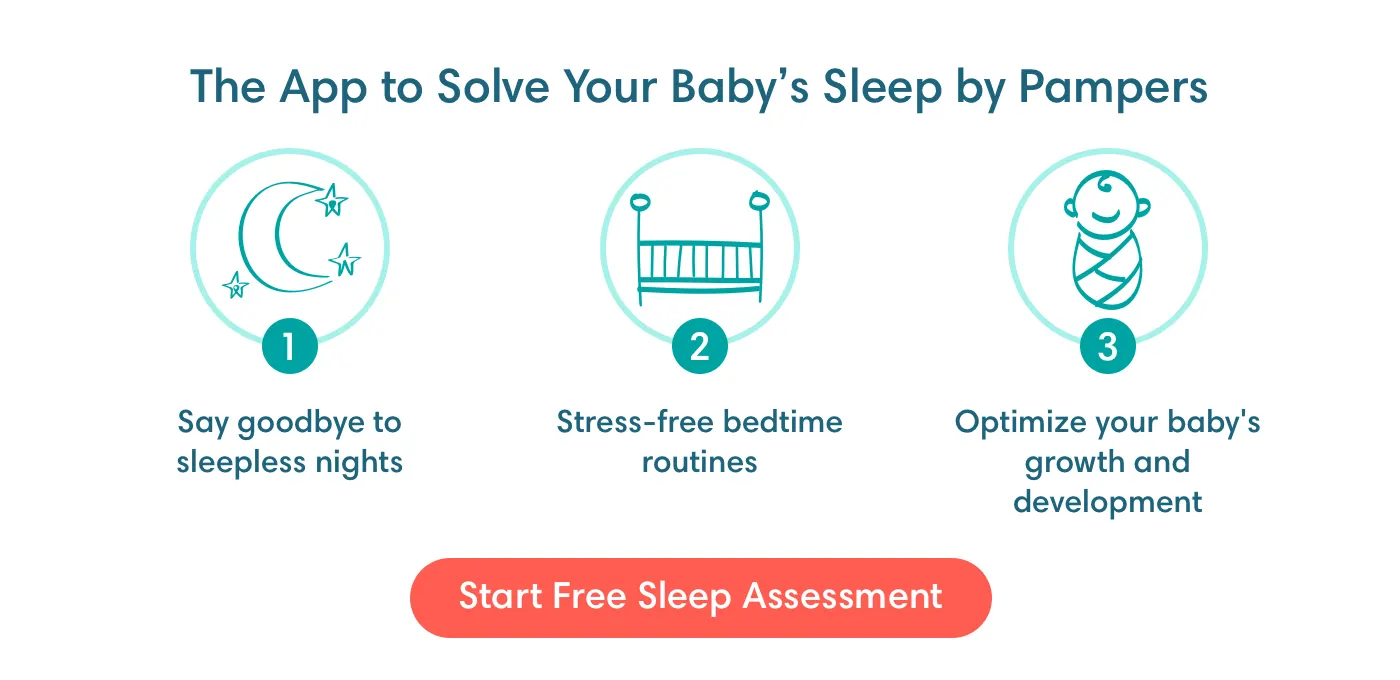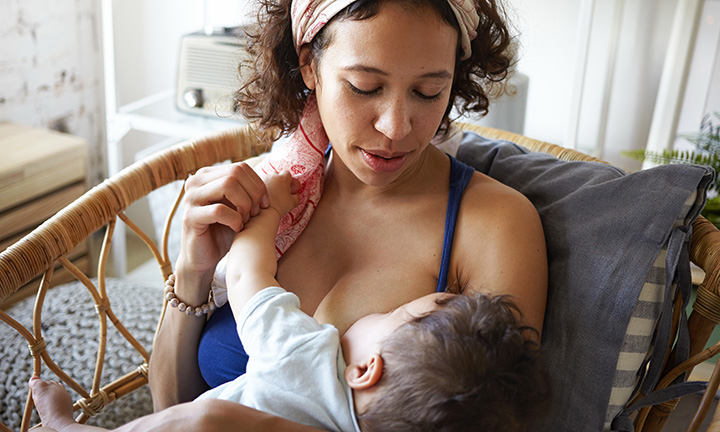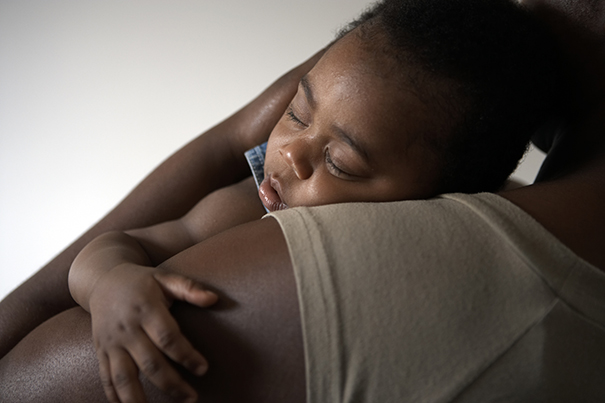
When Can Babies Sleep on Their Side?
Adults often sleep on their sides, but is side-sleeping safe for babies? Find out when it’s OK for your baby to start sleeping on his or her side, what to do if your little one rolls over in the night and why back-sleeping is recommended as the safest position for your baby in the first 12 months.
Is It OK for Babies to Be Put to Sleep on Their Side?
Babies should not be put down to sleep on their sides for at least the first year. Although side-sleeping may have been considered OK for newborn babies and infants in the past, research in the past few decades has shown that this position isn’t as safe as back-sleeping. This is because babies sleeping on their side is known to increase the risk of sudden infant death syndrome (SIDS), which is when a young baby passes away unexpectedly for no apparent reason. Although the reasons for SIDS are not fully understood – so it can’t be completely eliminated – tragedies of this kind are now thankfully very rare, because experts have identified several ways of keeping the risks to a minimum. One of the most important of these is to avoid putting your baby to sleep on his or her side or stomach.
Why Is It Bad for Babies to Sleep on Their Side?
Putting your baby to sleep on his or her side increases the chance of your little one rolling over onto his or her stomach while asleep. Sleeping stomach-down is known to be significantly less safe for babies than sleeping on their back. Research has shown that babies who sleep on their stomach are at a greater risk of SIDS. This is why it’s important to place your baby on his or her back for every sleep, including naps.
What Happens if a Baby Rolls on Their Side While Sleeping?
Babies sometimes roll over onto their side or tummy while asleep. If you notice this happening, there’s no cause for alarm – just gently roll your infant onto his or her back again. Do this during the first year until your child finds it easy to roll over both ways – from front to back, and then back again – unaided. Read more about when babies typically start learning to roll over by themselves.
How Can You Prevent Side-Sleeping in the First 12 Months?
There’s no way to prevent your baby from rolling onto the side or stomach during sleep, but what you can do is ensure that you always put your drowsy little one down to sleep on his or her back. If your infant happens to roll onto the side or stomach, gently roll him or her back. Keep doing this during the first year until you are confident your baby can roll herself over both ways without any difficulty.
What Else Can You Do To Lower the Risk of SIDS?
Although it isn’t possible to eliminate sudden infant death syndrome (SIDS) completely, fortunately it is very rare nowadays because we know how to reduce the risk significantly. Follow these safe sleeping guidelines to keep the risk of SIDS to a minimum:
When Can Babies Sleep on Their Side?
Once your baby is capable of rolling over from back to front and then back again, there’s no need to turn him or her back while asleep. However, it's important to always place your baby in the cot on his or her back, on a firm mattress with a well-fitting sheet. The cot shouldn’t contain any loose bedding, bumper pads, pillows, or stuffed animals. It should be completely empty.
The Bottom Line
For at least the first year after your baby is born, always place your little one on their back for every sleep. Back-sleeping is the safest sleeping position for your baby, as it greatly reduces the risk of SIDS.
If your baby does roll onto their side or stomach during sleep gently return them to the back position. Continue to do this until your baby is able to comfortably roll over in both directions.
To help you monitor your baby's sleep, try the Smart Sleep Coach by Pampers. It's a helpful app that tracks your baby's sleeping patterns and provides tips for better sleep, so both you and your little one can have sweet dreams!
The information in this article is based on the expert advice found in trusted medical and government sources, such as the National Health Service (NHS). You can find a full list of sources used for this article below. The content on this page should not replace professional medical advice. Always consult medical professionals for full diagnosis and treatment.












